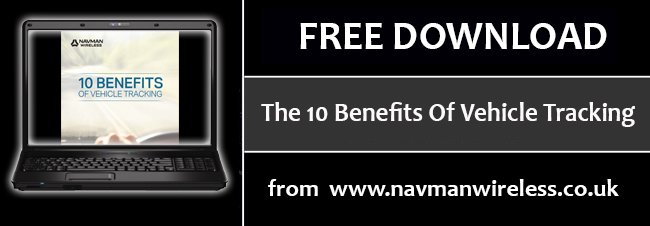You can be a Premier League standard Fleet Operator dedicated to providing on the road training
When they do, and the spotlight is on your business, you need to ensure that you can demonstrate that your business did absolutely everything possible to
Implementing an effective risk management strategy is one way your business can help demonstrate statutory obligations to the health and safety of your workforce.
Whether your
In the UK, traffic accidents are responsible for a high percentage of injuries (and death) with 25% of road fatalities involving a driver at work. Having a solid risk management strategy could be one of the most important measures you take.
Driver
Whilst out on the road, there’s a good chance that your drivers will meet just about every kind of road situation conceivable from the congested city
Implementing a telematics system, for example, helps to relay information on driver performance, providing management with the confidence to give feedback to drivers. The data provided helps drill down into your drivers’ journey and identify certain behaviors such as harsh braking.
You’re also able to run reports, implement driver scorecards and set performance KPI’s.
Accepting damage of some sort is inevitable, but those who adopt a vigorous risk management strategy, that includes making best use of data see incidents fall.
Staying Compliant
Keeping a fleet legally compliant can stress.
It’s paramount that you know the status of the
We always recommend that companies check drivers’
As a fleet manager, you need to be confident in your defect management system. Is your current system capable of recording and tracking vehicle defects, and then storing details of remedial repairs in an easily accessible audit trail?
Any vehicle maintenance problems must be rectified straight away. If you find something dangerous (or even just potentially dangerous) the vehicle in question should not be used. It’s not worth putting your business (and others) at risk by allowing your drivers out on the road with potentially dangerous vehicles. Implement procedures such as a daily vehicle inspection checklist before drivers start their day.
It’s not worth putting your business at risk by allowing your drivers out on the road with potentially dangerous vehicles. To help combat this, experts advise that you implement procedures such as a daily vehicle inspection checklist before drivers start their day.
Camera Technology
The past few years have seen a rapid increase of video clips that show poor driver
In-cab cameras help protect against insurance fraud via so-called ‘crash for cash’ scams, whilst also proving who is on the right (or wrong side of the law). Vehicle cameras will help protect your drivers and business against rising insurance costs.
The price of installing this technology has dropped, so the economic case for fitting cameras across a fleet has been reinforced.
Fundamentally, a risk management strategy helps ensure a business is doing as much as possible to make sure its drivers are insured, safe and as aware of the dangers whilst out on the road.


